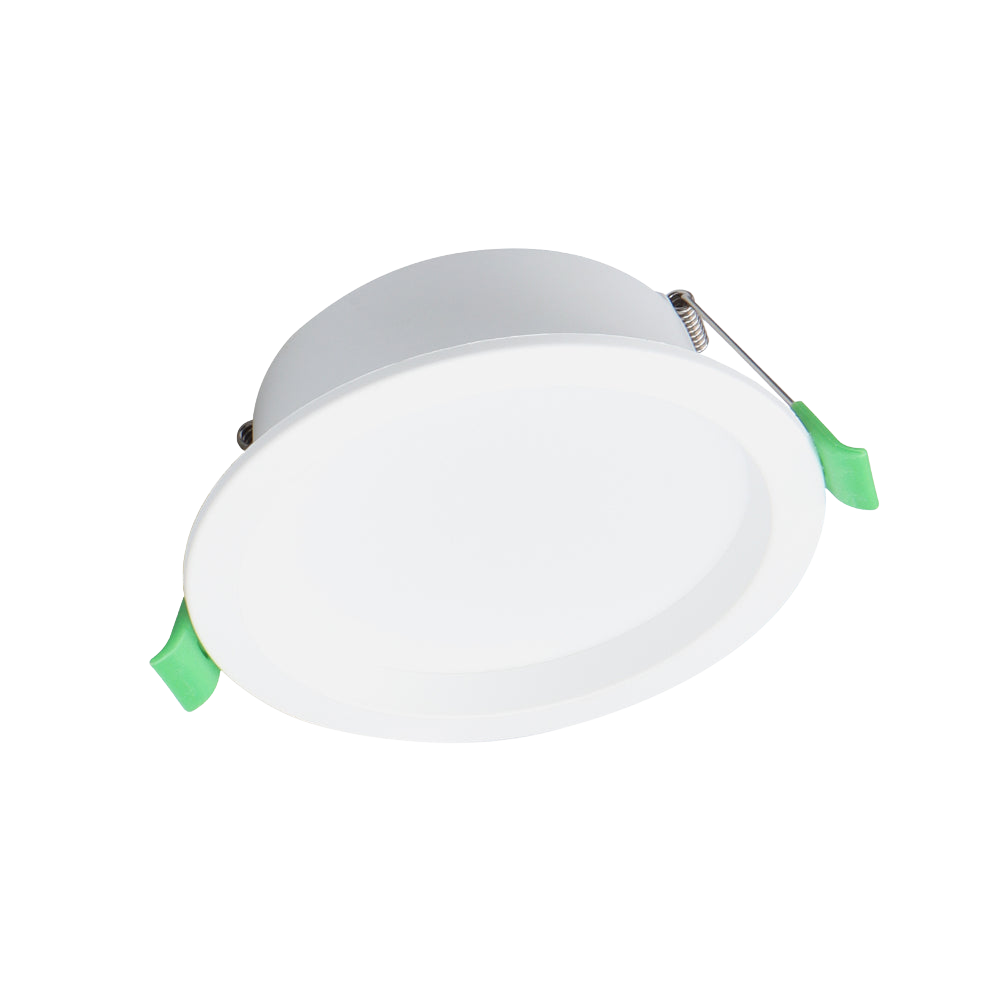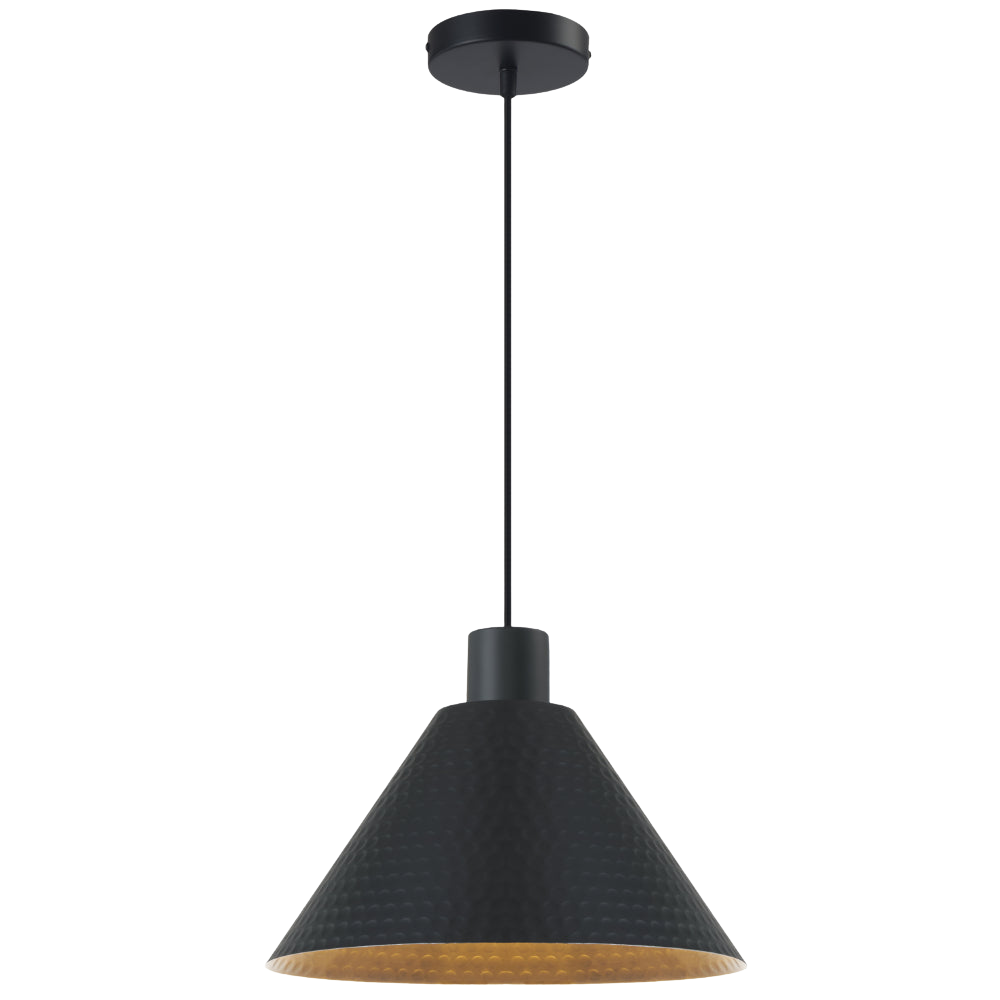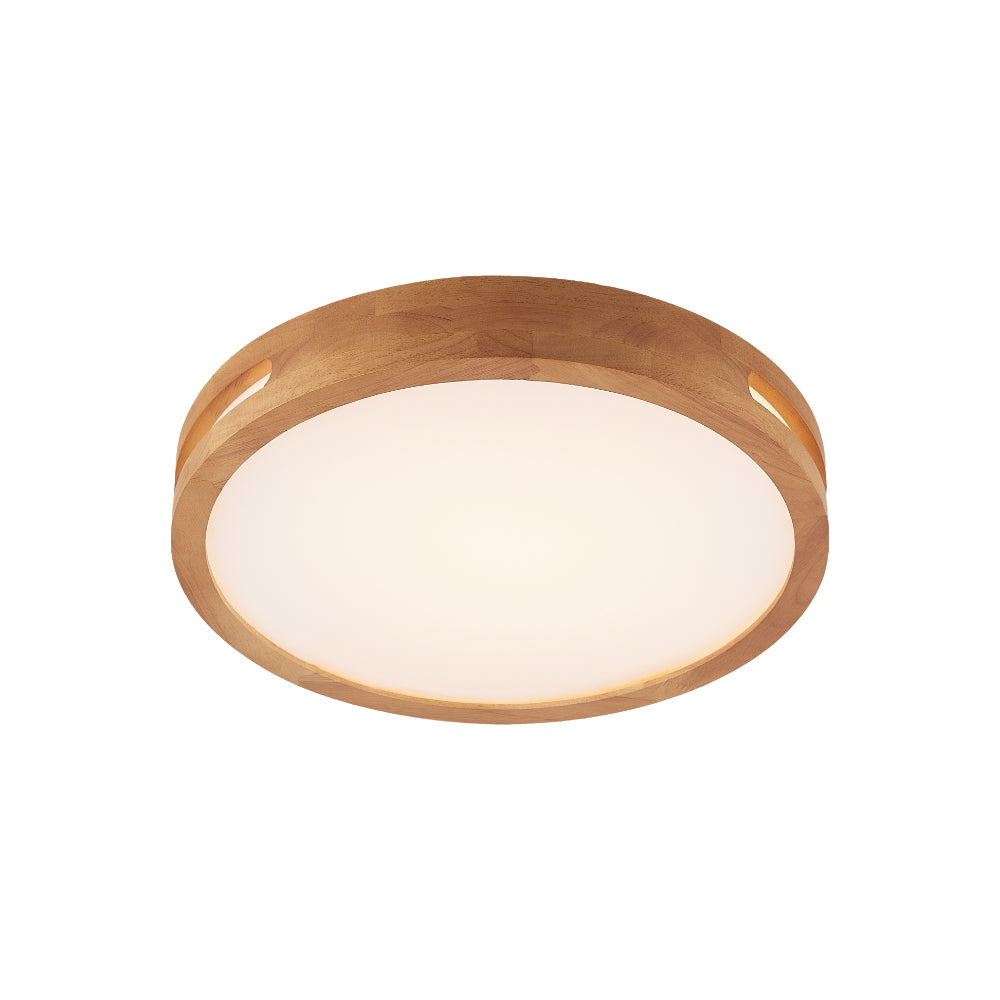Are Bathroom Floor and Wall Tiles the Same? Tips for Picking the Right One
Need help understanding the difference between bathroom floor and wall tiles? It’s not always clear. Here’s what you need to know.

Choosing tiles for a bathroom renovation sounds easy until you're staring at 300 options and wondering if the ones you love for the walls could (or should) go on the floor too.
So, are bathroom floor tiles and wall tiles the same? The short answer is: not always. While some tiles can be used for both, many are designed specifically for one purpose or the other. Getting it right doesn’t only boil down to looks; it’s important for safety, durability, and long-term maintenance.Here’s everything you need to know to make the right choice.
What's the Real Difference Between Floor and Wall Tiles?
At first glance, they can look almost identical. But when you dig a little deeper, floor tiles and wall tiles have some important differences:
- Strength and durability: Floor tiles need to handle heavy foot traffic, falling objects, and general wear and tear. That’s why they’re made stronger and thicker than wall tiles.
- Slip resistance: Floor tiles often have a higher slip rating to make them safer when wet – crucial for bathrooms.
- Weight: Wall tiles are usually lighter and thinner, making them easier to install vertically without putting too much strain on your walls.
- Surface texture: Some wall tiles are super smooth and glossy, which looks great but would be a nightmare underfoot: slippery and unsafe.

Tiles Vetra Turchese Blue Gloss for the wall vs Tiles Soren Charcoal Matt P4 for the floor
Can You Use Floor Tiles on the Wall?
Yes, and it’s often a great idea! Floor tiles tend to be tougher, so using them on your walls can add a beautiful, hard-wearing finish.
In fact, many modern bathrooms feature a seamless look by running the same tile across the floor and partway up the walls. Just make sure the tile’s thickness and weight are suitable for vertical installation (a good tiler will be able to advise).

Matte tiles work well on bathroom walls or floors.
Key tip: If you're using heavier floor tiles on the wall, extra preparation may be needed to support the weight
Can You Use Wall Tiles on the Floor?
It depends. Many wall tiles often don’t have the strength or slip resistance needed for flooring. They can crack under pressure or become dangerously slippery when wet. So even if a wall tile is technically porcelain or ceramic, unless it’s rated for floors, it’s safer to keep it on the walls.
If you're looking for stunning wall-only options, check out our decorative tiles — perfect for feature walls, niches, and splashbacks.
Quick Floor Vs Wall Tile Cheat Sheet
|
Feature |
Floor Tiles |
Wall Tiles |
|
Thickness |
Thicker |
Thinner |
|
Durability |
High |
Medium |
|
Slip Resistance |
Required |
Not always required |
|
Weight |
Heavier |
Lighter |
|
Surface Finish |
Matte or textured preferred |
Glossy or textured |
|
Use on Floor? |
Yes |
No (unless rated) |
|
Use on Wall? |
Yes |
Yes |
How to Pick the Right Tiles for Your Bathroom
1. Think About the Space
Is it a small ensuite? A busy family bathroom? A luxurious master suite? Each space might call for a different approach. Small rooms often suit lighter colours and larger tiles like 600x600 tiles to make them feel more open, while a spacious bathroom can handle bold patterns or darker shades.
Explore different bathroom tiles to get a feel for the look you want.
2. Focus on Slip Resistance
For floors, look for a tile with a P3 or P4 slip rating for wet areas. Matte finishes, textured surfaces, and smaller tile sizes with more grout lines can all help improve slip resistance.
If you love the idea of stone-look or terrazzo designs, our stone look bathroom basins can tie the whole look together beautifully.
3. Match Durability to Usage
Floor Tiles
Your bathroom floor takes a lot of punishment: think wet feet, dropped hairdryers, cleaning products, and constant traffic. That’s why porcelain tiles or natural stone tiles are usually the best choice.
- Porcelain is super dense, hard-wearing, and less porous than ceramic, making it perfect for wet areas like bathrooms and laundries.
- Natural stone like marble, granite, or travertine can also work beautifully if it’s sealed properly. It brings a luxe, organic feel, but keep in mind it may need a little more maintenance over time.
Look for tiles rated for floor use and, ideally, ones with a slip rating (like P3 or higher) to help prevent accidents in wet zones.
Wall Tiles
When it comes to your walls, you have a lot more freedom. Wall tiles don’t get the same kind of impact or abrasion, so you can afford to choose materials based more on looks than durability.
- Ceramic wall tiles are a super popular pick — lightweight, easy to work with, and available in endless colours and finishes.
- Glass tiles can create a striking, light-reflecting effect, especially in feature areas like around a mirror or vanity.
- Decorative feature tiles or patterned designs are also a brilliant way to bring personality into a bathroom without worrying about them getting scuffed or worn down.
Penny round tiles are ideal for bathroom floors or walls too!
Some ceramic or decorative tiles are purely made for walls and won’t hold up underfoot. Always double-check the product specs to make sure the tile is suited to its intended purpose before you start planning your layout.
4. Plan for Cleaning and Maintenance
Glossy wall tiles are easy to wipe down, which is perfect for showers and splashback. For floors, textured or matte surfaces will hide water spots and soap residue better, and they’re less slippery too.
Bonus tip: Choose grout colours wisely. Light grout looks clean but can stain over time, while darker grout hides marks but might make a space feel smaller.
5. Coordinate Colours and Finishes
One of the easiest ways to create a cohesive bathroom design is to coordinate your tiles with your fixtures.
Think about linking your tile colour or texture with elements like:
- Bathroom tapware (e.g., brushed nickel or matte black)
- Bathroom basins (especially if you're choosing a bold design)
- Bathroom accessories like towel rails and hooks
Choosing complementary tones will pull everything together without feeling overly matchy.
Final Tip: Always Check the Tile Ratings
Before you fall in love with a tile, double-check the specs. Look for terms like “suitable for floors” or “wall use only” on the product description. It’ll save you a lot of headaches (and slippery floors) later. Still not sure? It’s worth chatting to a tile expert or your builder to double-check before ordering.
Create a Bathroom You’ll Love
Choosing the right tiles means getting the perfect balance of beauty, function, and safety. Explore Buildmat’s range of wall tiles and floor tiles to find premium options that suit every bathroom style, from minimalist to luxurious.
Ready to start planning?
Shop tiles and bathroom basins, bathroom tapware and bathroom accessories online with Buildmat, Australia’s trusted destination for quality and style. Or, explore our tile collection including penny round tiles, feather tiles, splashback tiles, and kit kat tiles.

































































































































































































































































































































